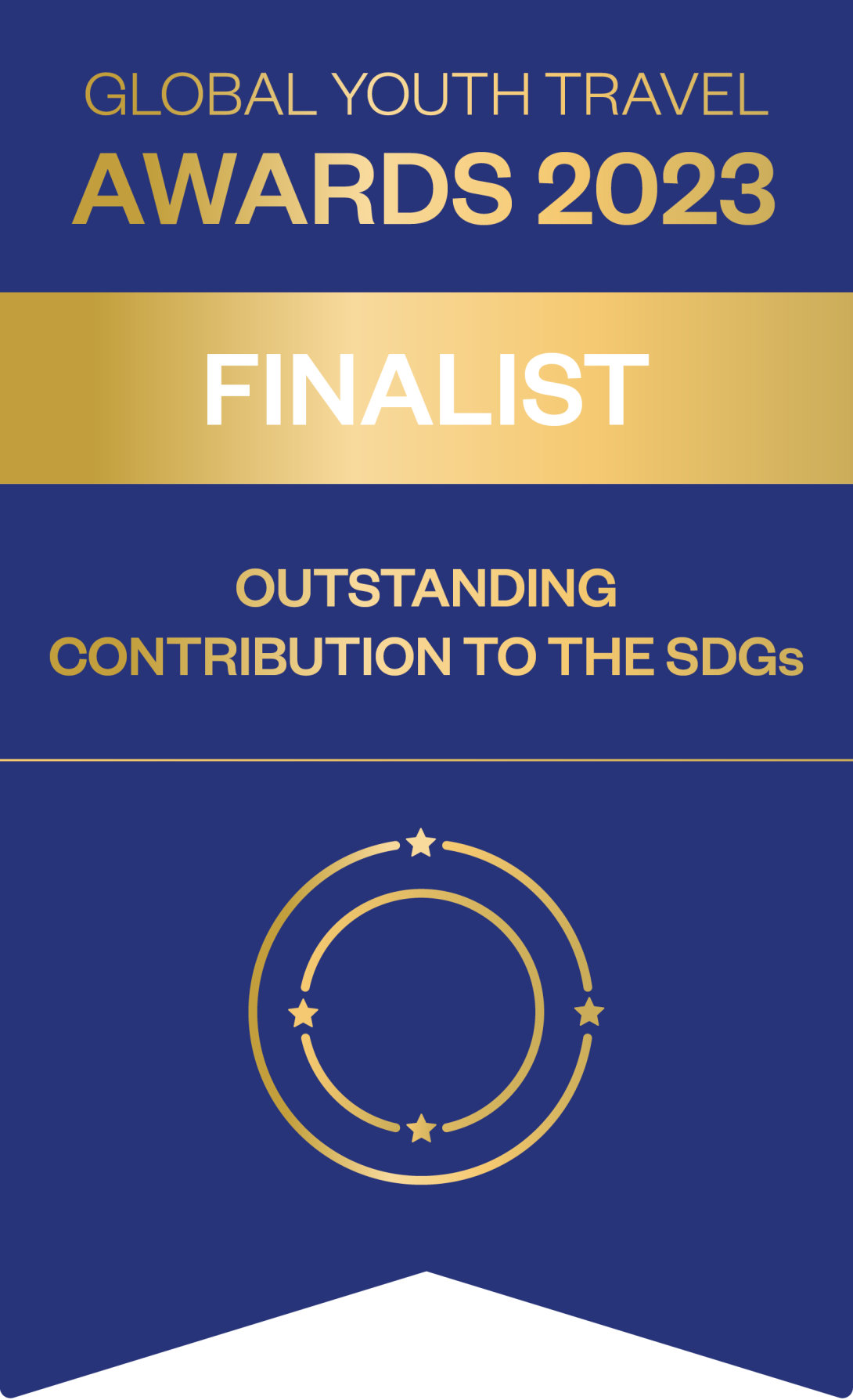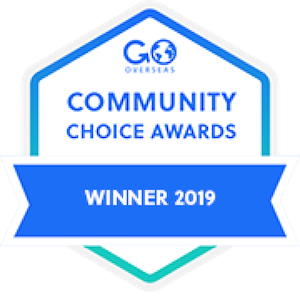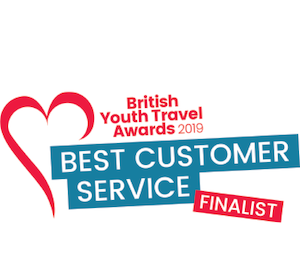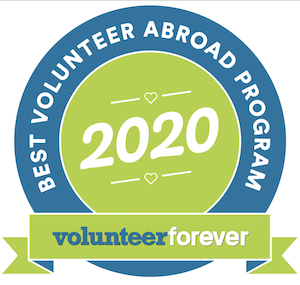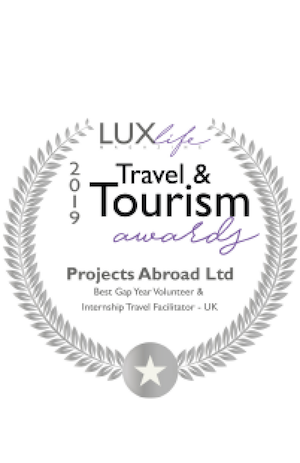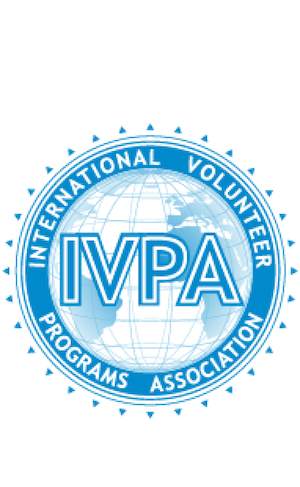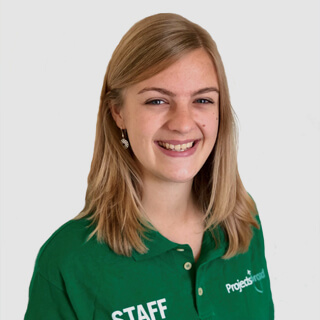Hi! My name is Kelly and I’m 16 years old. At this young age I had the amazing opportunity to volunteer in Fiji with the High School Special Shark Conservation team for two weeks. Ever since I can remember, I have always been an environmental activist. At home, I’m known to chide my relatives and friends for wasting food or forgetting to turn off the lights when they leave a room. At school, I’m in three different environmental clubs, and participate in beach clean-ups regularly. So when I found Projects Abroad, I knew it’d be perfect for me.
Initially, my parents were worried. My family is one of avid travellers—I’ve been to 21 countries and all 50 states. Sending their daughter off by herself to a new country terrified my parents. Fortunately, the staff at Projects Abroad were accommodating and answered all of my parents’ questions thoroughly. It also helped that there was a “High School Special” option, where I would be with people my age, and have an easier time connecting.
Arrival and my accommodation
The moment I landed at the airport, Ron, the staff director, greeted me and handed me a bottle of ice cold Fiji water. He also insisted I borrow his phone to contact my parents and showed me where to withdraw money. I then met up with two other volunteers from the United States, and we were transported to our accommodation at Beachouse.
First of all, the accommodation was far better than I expected. Beachouse is somewhere between a youth hostel and a resort. There’s a pool, good, simple food, and the staff are all incredibly kind. The place is relatively clean and comfortable (save for the bugs) and local dogs and cats will always come and greet you. The volunteers I roomed with came from different parts of the world, ranging from London to China. Everyone was eager and in good spirits. On weekends, we were given a free surf lesson and rentals, along with a day trip to Suva, where we could shop and explore local life. We also had the chance to go to a local village and take part in a Kava ceremony. Kava itself isn’t known to be very pleasant, but the socialising is well worth it. We also had the chance to make our own “beles” or cups used in the Kava ceremony. In our leisure, we could also go kayaking.
My Conservation placement
Our first week was dedicated solely to receiving our Open Water certification. The in-class learning component is a bit tedious, but definitely necessary. Sydney, a Projects Abroad staff member, made the teaching easy and quickly resolved any questions or confusion we had. Later on in the week, we went to the BAD (Beqa Adventure Divers) dive shop where our confined water courses took place. The water definitely wasn’t the cleanest, but Sydney made sure we understood and knew the information inside and out. After all, this information would be crucial when in open waters.
The second week was definitely the highlight of the entire trip. We did a total of eight dives! Our first was in Sarah’s Secret Garden. There were no sharks here, but it was more to get a feel of diving in open water. We practiced removing our regulators and filling our masks with water, then expelling the water from them. We also saw many coral reefs and beautiful fish such as parrot fish, groupers, goat fish, and trigger fish. The dive boats at BAD are incredible. The people on the dive boat help you get on and off the boat safely, and they treat you to cookies and milk tea (which do wonders!) in-between dives.
The second dive we did was in Combe Reef. This one was a little unpleasant, simply due to the unfortunate current. The boat, which usually sits atop the reef and is sheltered from most waves, actually got pushed off. One volunteer got seasick and threw up, but soon recovered while the dive instructors waited patiently and stayed calm throughout the entire thing. However, once we got beneath the surface, the visibility was amazing and we continued to practice our dive techniques. We also went over Navigation.
My first shark dive
On Thursday, we finally went on our first shark dive! Now to be honest, I wasn’t very scared but I will say this for anyone who is worried: there is absolutely no reason to be afraid. Especially after taking an additional PADI course where one learns the devastating effects of shark finning and the overall ignorance of sharks; one pities them more than being scared of them. Sharks are these beautiful and amazing creatures. They are just another kind of fish in the sea, and aren’t inherently aggressive. If it also helps: BAD has a 100% safety record for this dive. It consists of three intervals: 30 meters, then 15 meters, and a safety stop at three meters. There are dive masters all around you and as you watch these immense creatures swim through the waters, you’re crouching behind a wall the entire time. It is completely safe and a once in a lifetime experience. At one point, I was surrounded by 30 bull sharks!
I also love the sustainability of these BAD shark survey dives. In order to attract these sharks, divers drop tuna heads onto the seafloor. But, to test if they were doing it sustainably, the BAD divers took a sample off of one of the sharks, and found that tuna heads comprise less than 10% of their diet; this is excellent news, for it means that the sharks do not depend on BAD’s tuna heads to survive.
If you’re going on this dive, I highly recommend you bring a GoPro. I unfortunately forgot to bring mine, but some of the other volunteers did and were more than willing to share photos. I cannot emphasize this enough: this experience is like no other. Having these creatures circle you and glide through the water, literally feeling the water they push at you with their powerful tails is an incredible experience.
Later in the week, we met Goo Goo, the main scientist in the project. He took us on a tagging trip at the juvenile shark breeding grounds. Unfortunately, we did not tag or find any juvenile sharks that day, but the experience of getting to the breeding grounds was one I won’t forget.
The tide was extremely low that day. The place that was usually covered by water was now a wide expanse of mud. It was only out on the horizon that we could see the boat and the driver, waving his arms out at us. It was the first time this had ever happened. This meant that we couldn’t get the boat to meet us at the pickup point! We were all carrying various shark-tagging equipment, ranging from the measuring board to the nets and tags themselves. Needless to say, it was a lot of equipment. So we had no choice: carrying all this equipment, we walked through the mud, sinking deeper and deeper. None of us had brought shoes, for we thought that once we got off the car, we’d be safely on the boat. There were quite a few abalone shells buried within the mud, and a few of us had shallow cuts running up and down our legs, but this was all dealt with once we reached our accommodation. At one point, we were so deep in the mud that we had to army crawl through it. It was a pretty hilarious experience!
Aside from the shark tagging, Projects Abroad has a greater commitment to the community and environment as a whole. They have another ongoing project of mangrove reforestation. Not only do mangroves serve as hatching grounds for sharks, they are incredibly productive in reducing carbon emissions. Projects Abroad is currently partnering with one of Fiji’s hotels and working on making them carbon neutral by offsetting their carbon emissions with mangrove plants. We planted a total of 800 propagules that day, and it was beautiful work. We went out at low tide, and grabbed the propagules and starting digging with our hands. Local villagers came to help out too.
Overall experience
All in all, this was a beautiful and fulfilling way to spend my summer. I made so many new friends, and learned so much not only about the environment, but also about Fijian culture as a whole. The night before we left, we all went to the main project (where the adults are) in Ventura, and joined in on their cultural night. We sang songs and drank Kava and also prepared a Lovo feast. This is a meal in Fijian culture where various foods (from leaves drenched in coconut milk to fish and other meats) are cooked by smoke. I’ve also started a club at my current school raising shark awareness.

Are you interested in joining this project?
If so, one of our experts can help.
Contact Us on:
This is a personal account of one volunteer’s experience on the project and is a snapshot in time. Your experience may be different, as our projects are constantly adapting to local needs and building on accomplishments. Seasonal weather changes can also have a big impact. To find out more about what you can expect from this project we encourage you to speak to one of our friendly staff.
Our accreditations


